Rome Temple: Martyrs, Missionaries, and Murals
Italy is timelessly historic. A standing religious memorial, its rock-paved roads bring visitors back to when Peter walked the streets of Rome. Back to when art wasn’t just a way of making a living, but evidence that God is the ultimate creator and inspiration.
One day among the cracked walls and aged paint of the monuments, leaves visitors speechless yet disappointed.
Their photos will never express the same peace they felt while dawn approached the fields of Tuscany. Nor the magnitude and weight of questions on their mind when, wandering out of the metro station, they were first faced with the ravishing giant Colosseo.
The fresh taste of gelato al limone lingers with tourists during the hot summers, as well as the memory of what pizza margherita should taste like—spread with crushed tomatoes and basil leaves, scattered with juicy, bold mozzarella, and baked in a fire-stone oven.
While these newly-heightened senses and sights will be kept close to tourists’ hearts, the spirit felt at the Mormon Rome Temple may soon be the greatest souvenir visitors take with them.
Table of Contents
Preparing the Place
[quote_box_center]
Fast Facts
Address: Via di Settebagni, 376, Rome, Italy.
Site size: 14.5 acres
Temple size: 40,000 sq. feet
Land previously used for: Farm land
[/quote_box_center]
Acquiring the Land

In 1997, the Rome Italy Mission President, Leone Flosi, sent a request to the European Area offices, for the construction of a chapel for the Roma 2 Ward. Once the request was approved, Brother Vioncenzo Modugno, a recently retired facility manager in Italy, was assigned the duty of starting to search in the northern area of Rome.
For two years, Brother Modugno and local church leaders endlessly looked through newspaper ads, and drove around the streets of Rome in a light-gray Opel Zafira to evaluate possible lands.
Brother Modugno’s Italian leather moccasins, or wingtip brogues,—depending on the day—would rev against the clutch of the Church’s company car, his eyes searching and brow furrowing with the same uncertainty as the question: What would this new land actually be used for?
Meanwhile, two consecutive Rome mission presidents went about their work blooming with this spiritual intuition: The land that was found would not only be used for a chapel, but for a temple.
Through the morning fog in Autumn of ’99, after other Church leaders had found and evaluated three other possible lands, the Church finally approved to purchase an investment on Via di Settebagni; a land with farms dispersed across fields of grass, and Mediterranean Stone pine trees that jaggedly reach for the blue skies of Italy.
That November, the biggest part of the land was purchased.
By February 2000, the rest of the land that would one day be used for the temple, had been purchased.
Maintaining the Land

Modugno not only helped purchase the land for the temple, but was involved in maintaining the buildings and gardens on the land when it was purchased. The most prominent feature on the land was a proper three-story farmhouse.
On the bottom floor of the farmhouse, there were metal tracks where livestock were hung, and butchered. Stored along the walls, were large wooden casks that held 300-400 gallons of wine.
The barn was packed with feed, hay, a plow and other farm tools. Around the barn were pig pens and chicken coops, while on the back side was a brick oven for making pizza and a water well that had never run dry.
As lovely as this farmland was, it was abandoned, and gypsies were illegally occupying the building. The land was exposed and not fenced in, but the upper floors of the farmhouse were livable.
The mission president at the time, President Pacini, decided to use the building as an apartment complex for the office missionaries and Elders visiting for conferences. They fenced-in the land and moved bunk beds and mattresses into the upper floors.
Cut ahead to February, 2015. Vincenzo Modugno, sat casually on his turquoise living-room couch, occasionally sweeping his hand over his thinned brown hair and brushing over his grayed sideburns, he recounted all the memories of helping maintain the land for the temple.
“When the missionaries left the building, the gypsies kept trying to occupy the building again,” he said, slightly frustrated at the thought, leaning on his knees. His face—an almost identical, tanned Robert De Niro—shook with disapproval and looked down at his hands.
One cannot help but smile at the thought of such a patient, gentle man, such as Modugno, evacuating Romani women and children, their earth-colored shawls draped about them and gold bracelets clinking about their wrists as they shuffled out of the farmhouse, their long skirts dragging behind them as Modugno perhaps asked, “E voi che ci fate qui?“
Until it was officially announced that the temple would be built there, and he could have the abandoned farmhouse destroyed, Modugno had to continually make sure that gypsies and local sheep herders were not moving onto the land.
Blessing the Land
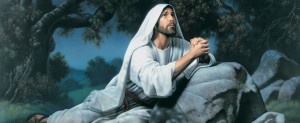
“At first, personally, I didn’t think it was going to be the land for the temple,” Modugno admitted.
There was nothing around the land. No buses, metros (subways), or public services. There wasn’t even the current exit off of the freeway, 500 yards away from the temple. However, one mission president in particular, President Pacini, started a very spiritual activity on the land before anyone even knew it would be used for the temple.
“On that land, there are probably more than 100 olive trees,” Vincenzo noted, stuttering with the uncertainty of his English numbers.
Starting in the Fall of 1999, on a Thursday morning, the missionaries would arrive in Rome jet-lagged and, some, quite frightened. The adrenaline of this new experience was the only thing that would keep them awake. Some of them had never been on an airplane before, or would never again serve specifically in Rome.
Thus, for three years, every six weeks, President Pacini would take all the new missionaries, in the middle of the day, on a brief tour of Rome, and then to Via di Settebagni, what is now the temple land, so they could see the olive trees.
“Most of the missionaries probably . . . would never have the opportunity to see an olive tree [in their lives].” Vincenzo explained with a modest laugh. Vincenzo helped prune the olive trees so that President Pacini could show the difference between a wild and tame tree.
After arriving in the garden and taking time to admire the olive trees and explain their symbolism, President Pacini would leave the missionaries to find a secluded place in the garden. A place of soft dirt or a patch of grass, so that they could kneel in the midst of the quiet, sacred nature and pray.
“It wasn’t up to us to say [the land] was for a temple,” President Pacini noted, as he reflected on those moments in the olive grove, “But we did explain that the brethren wouldn’t have spent this kind of money [on the land], if they didn’t see a future for the Church in Italy.”
This activity of praying in the olive grove was symbolic to the Savior’s prayer in the Garden of Gethsemane, otherwise known as “The Garden of Olives,” just before His crucifixion.
Pacini explained it simply. “My challenge was just to make sure I did what [the Lord] asked, because it was His work, not mine.”
Three months into their missions, the missionaries would return to President Pacini in Rome. After having been vulnerably faced with the new Italian language, many felt discouraged by a haunting feeling that they were letting the Lord down with their inability to communicate fluently with investigators.
Joining back with President Pacini and other missionaries from their MTC group, helped them to see one another’s immense progress. Hundreds of missionaries were also asked to participate in another activity that changed their perspective.
President Pacini had all of the missionaries write a personal letter to themselves, as if they were at the end of their two-year mission, even though they had just gotten through the first three months. What had been accomplished? He would ask. President Pacini felt it to be a much more powerful form of goal-setting at that point of their mission.
President Pacini continued this exercise throughout his three years as mission president and kept all of the missionary’s letters.
With tears building to the brim of his eyes, Pacini voiced that many of the hundreds of letters mentioned the temple in them, before the declaration of the temple had even come to pass.
“They would say things like, ‘How great it is to be in the Lord’s vineyard, and labor and see a stake created. And see the temple start to be built.'” Pacini paraphrased.
The physical temple was not being built during their time as missionaries. As President Pacini says, “It was their vision.”
History and Future of Rome
[quote_box_center]
Fast Facts
Religious Persecution in Rome: The execution of those that did not follow the practice of the Roman beliefs. This went on, sporadically, for 50 years, targeting the Bacchanals, Druids, Jews, and Christians randomly throughout history.
Number of Christians Murdered throughout the Roman Empire: Estimated 100,000 saints
Introduced the Gospel to Italy: President Lorenzo Snow
Had a dream to promote the building of Mormon temples throughout Europe: Ezra Taft Benson
[/quote_box_center]
The Persecution of Christians in the Roman Empire

In order to understand the visions that have foreshadowed the growth of the Church in Italy today, we must first look back at history. One of the biggest historic moments throughout Italy was the religious persecution in the Roman Empire after Christ’s crucifixion.
Those who did not follow the beliefs of the majority of Romans, were seen as a threat to the Roman Empire (more specifically as a threat to a Roman Emperor). Christians were seen as cannibals, because of their symbolic partaking of the sacrament, representing the body and blood of Christ. They were also viewed as atheist because they refused to bow down to the Roman Gods.
This distaste towards Christians was not a universal feeling among all Romans. It was mostly expressed through one emperor: Nerō Claudius Caesar.
Nero, the Roman Emperor from 54-68AD, was believed to have started the Great Fire of Rome, which he then blamed on the Christians; supposedly vindicating the torture and executions that followed.
Tacitus, a non-Christian Roman Historian, was alive during the persecution of these saints. As a witness, he said, “Nero falsely accused and executed with the most exquisite punishments those people called Christians.”
Saints who stood up for their faith were seized, convicted, and then punished severely. Their execution was turned into a game. Some were covered with the skins of beasts, and eaten alive by dogs. Others were nailed to crosses, like Christ, or set aflame and used as night-time lamps.
One of those murdered by crucifixion was Peter, the apostle. He considered himself unworthy to experience the same death as Christ, and requested to be crucified upside down. Another apostle that was beheaded in this religious persecution was Paul, a Roman citizen.
There is an estimate of 100 thousand members of the Church that were butchered throughout the Circus Maximus, Nero Circus–where the Vatican is located–and other places throughout the Roman Empire.
“Tens of thousands of faithful saints died for their testimonies in Italy.” Pacini reaffirmed, with rising emotion in his throat.
“And that is the blood that sanctifies this land…Their entire families were destroyed. They have no ancestors to do their work.” He paused, then solemnly stated the reality of Rome’s past:
[pull_quote_center]There’s no one left.[/pull_quote_center]
This sentence was followed by a heavy silence, almost as if Pacini were listening for the words to say next, “More than anyone, [these Christian saints are] praying that they can be found, so that their [temple] work can be done.”
Letters of Future Inspiration from Lorenzo Snow
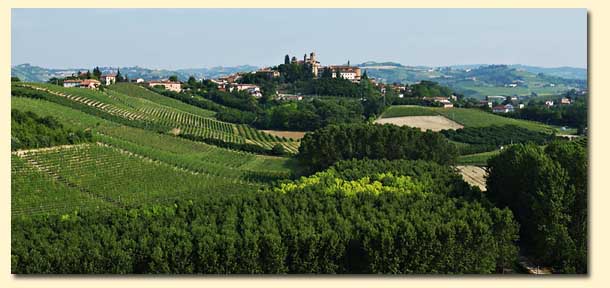
In the Fall of 1850, Elder Lorenzo Snow traveled into Italy with two other companions to introduce the restored Gospel into the valleys of Italy. In the early months of his mission, he wrote a letter to Brigham Young, from Piedmont, reporting on his arrival into Italy and the big task that lay ahead of him.
“It was well known that we had come to establish a church.” Elder Snow noted. “This was looked upon by many as an impossibility.”
After ascending a mountain and spending hours in prayer with his fellow Elders, they started to see progress and acceptance from some of the Italian people.
Seven months later, Lorenzo Snow left to England to oversee the translation and publication of the Book of Mormon in the Italian language.
Before leaving Turin, Italy he wrote a letter to President Hyde regarding his leaving and reflecting on the Italian country and the past persecution of the saints and future of the Church in Italy.
Even during this time, as in the time of Nero, the Protestants and Papists looked at each other as outcasts, but saw themselves as the favorites of heaven.
After reflecting on this conflict and despair of religious segregation, Elder Snow began recounting the greatness of the Roman Empire. As if saying a prayer to Italy, he wrote:
“O Italy! Thou birthplace and burial ground of the proud Caesars…land of literature and arts, and once the centre of the world’s civilization.”
Switching to the past events of religious persecution of the Christian saints, he wrote, “Poets who sung the praise of nations, and princes that wielded the sceptre of power during many a crisis of the world’s history, are laid low beneath the dust of thy fields and vineyards!”
Finally, the climax of his prayer to the people of Italy and the future generations:
[pull_quote_center]O, Italy!…The future of thy story shall outshine the past, and thy children shall yet be more renowned than in the ages of old.[/pull_quote_center]
Many would say that Lorenzo Snow’s words reflect the progress of the Gospel to this great time of their first Latter-day Saint temple.
Not Just a Blessing to Italy
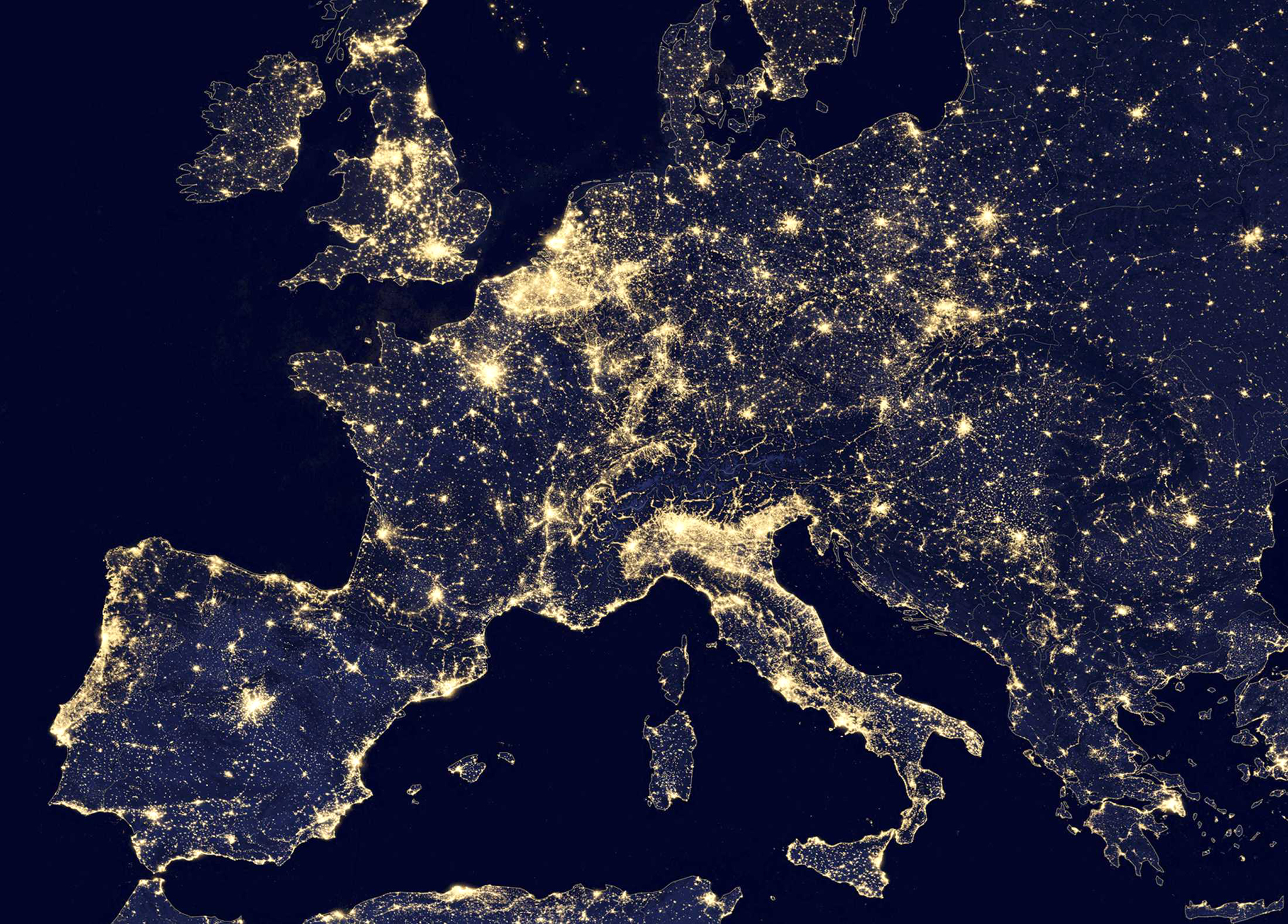
Fast forward 160 years later, to the groundbreaking of the Rome Temple. Elder Kopischke, the Area President who spoke at the groundbreaking, shared a story about President Ezra Taft Benson, 13th President of the Mormon Church.
President Benson had a dream that influenced his desire to seek out land for a temple in Italy. In this dream, Karl Maeser came to him. Karl Maeser, a native German, was an educator and one of the first principals of what is now known as Brigham Young University, Provo. He said the following to President Benson:
“Brother Benson, what are you doing to promote the sacred work of temples with my people in Europe? … Will you please do all that you can to bring this about?”
This story alone foreshadows the growth of the LDS church and temples not only in Italy, but many other countries in Europe.
President Pacini reflected on this quote from President Benson’s dream, and shared the following idea that this temple is not the only blessing that we will see throughout the world.
He said, “[Heavenly Father] loves all of his children the same amount…He is doing the very same kinds of [miracles] with all of His children wherever they are…we’re just blessed to see this piece. But, it is only indicative of what is happening a thousand times over throughout the world.”
Church Growth
[quote_box_center]
Fast Facts
Number of new members since October 2008: 2,000+ members
Number of stakes added since 2008: 5 stakes
New stakes: Verona, Palermo, Rome West, Milan East, and Florence
Current LDS numbers in Italy: 10 stakes and 26,550 members.
[/quote_box_center]
Growth Due to the Temple
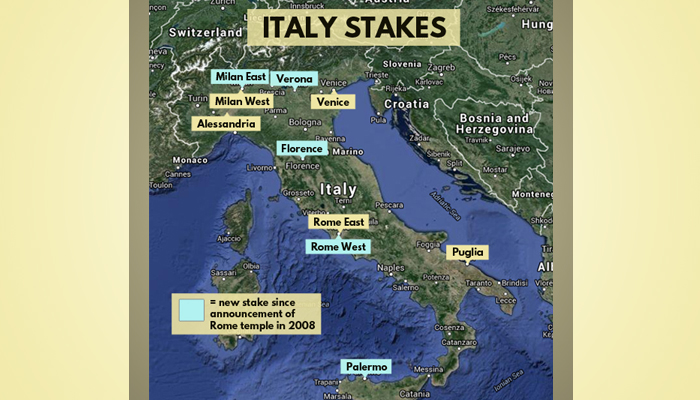
Vincenzo Modugno, currently the second counselor in the Rome Fourth Ward bishopric, expressed gratitude for such growth in the Italian church. “I’m sure there will be more members. Our [branch] used to only have 35 active members, and now we have 70-75 active members [in our ward].”
Many believe that the development of the temple has a lot to do with this growth. Vincenzo is confident that the temple has helped to increase the participation and involvement of members.
“Everybody is awaiting the [building of this] temple that there is so much excitement and there is more of a desire to do work.” Vincenzo said with gusto and a slight quiver in his voice.
From a spiritual and practical level, President Dini Ciacci, the Stake President of the Rome West Stake, also believes that the temple has a lot to do with this growth.
He says that, realistically, the temple has given the LDS Church a lot of publicity.
“A lot more people know about the Church because of the temple being in the news or newspapers, and magazines. On a spiritual level, I think the Lord wants a lot of work done in this temple and so it needs a lot more people ready for that.”
President Pacini agrees with Dini Ciacci’s spiritual idea that the strengthening of the members is what then encourages the building of the temple. While he was the Mission President, many people would ask him why the missionaries were so successful in their mission. Pacini’s response:
“They started, and their vision was to build a kingdom of God. It was not a program to get some kind of award. It wasn’t a bunch of meaningless goals. They were there to build a temple. And they knew that the first step was to get a stake. And to get a stake, there had to be good, strong active families in each branch.”
Blessings and Struggles

The day President Monson announced the temple, there was a subtle gasp and hush of voices in the Conference Center. The stake centers and homes in Italy were filled with much more than a rush of talking.
“I can tell you, in our stake center,” Vincenzo said with bursting enthusiasm, “everybody was jumping, and crying, smiling, hugging…we saw our stake president (currently Elder Massimo De Feo, of the Seventy) jumping and smiling and crying because of the announcement of the temple.”
Vincenzo Modugno settled back into his casual stance on his living room couch, and then with passion starting to surface in his words, he said: “It was a big, big emotion. A great emotion that I remember well.”
The Stake President, Dini Ciacci, has had many Italian members ask him when the temple will be finished. His response to them is this:
“Go to the Swiss temple as much as [you] can so that whenever the Rome temple is dedicated, [you] can be sure that [you] are ready for it.”
As much as Dini Ciacci would like to say that the biggest struggle among the members has been the impatience for the temple to be completed, there has been a much bigger challenge for the members of Italy.
“For sure, we have seen the adversary working on couples and families. That’s the biggest challenge that I have seen,” President Dini Ciacci solemnly stated.
Fortunately, some were warned before the temple even started being built. Dini Ciacci was told by fellow church leaders: “This is the last stretch for Satan. He is going to try all he can to prevent people from being ready for that temple.”
Unfortunately, Dini Ciacci admits that he has witnessed Satan’s work on the members. President Dini Ciacci said:
[pull_quote_center]Being a member, right now in Italy, means having a strong faith or you won’t make it.[/pull_quote_center]
After hearing this statement, President Pacini, sitting in front of his dining-room window, overlooking the glowing Salt Lake City night, was quick to remind others:
“This is no different for those members [in Italy] and for members in Denver or anyplace else. But the Italians are fighting a lot more of Satan’s host, ‘cause he doesn’t want this [temple] to succeed…It’s normal to expect it, and you just go forward in faith.”
Conversions
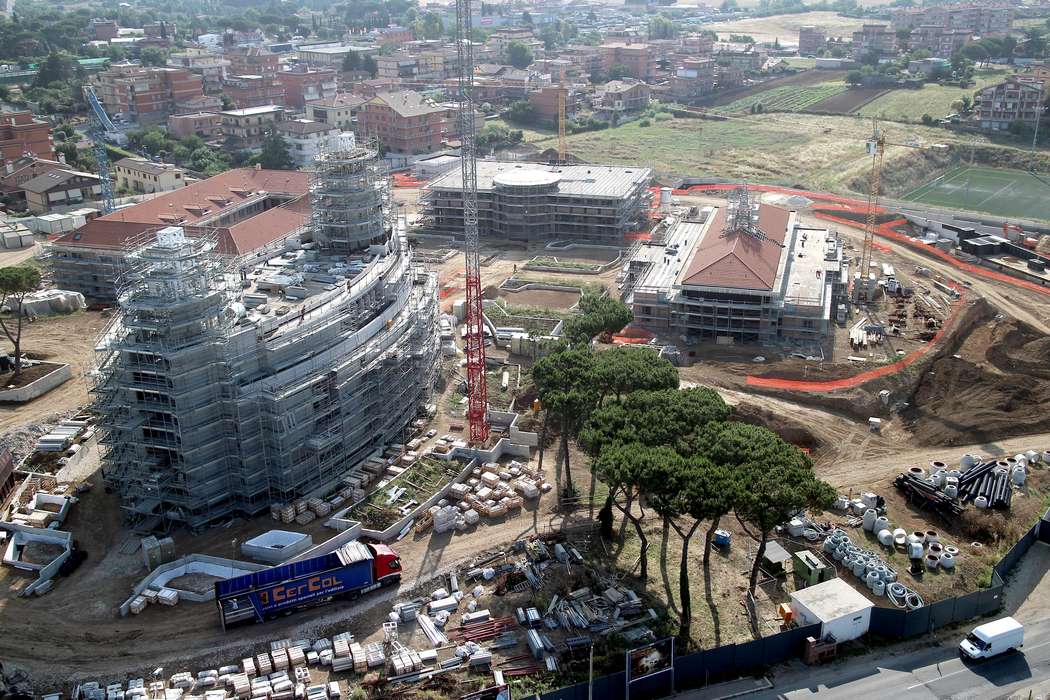
Despite this challenge among Italian members, there has also been a strong spiritual influence on non-members because of the temple. There are many non-member construction workers at the temple site, as well as missionaries at the temple site that help with translation and such.
One specific senior construction worker asked the missionaries to teach him about the Mormon church. During the process of learning about the church, this construction worker received a testimony of the principles he was being taught and decided to be baptized into the LDS church.
President Pacini remembers hearing about that same senior construction worker. His conversion was so upsetting to the construction company that they transferred him. They didn’t want it to become an example that the other workers would want to follow. The result: Another conversion.
“Not too long ago, someone else joined the Church because of that [construction worker’s example].” Pacini said
For other members of the Church, it has been a blessing to observe the General Authorities of the LDS Church when they come to visit the temple site.
For Stake President Dini Ciacci, personally, it has been a blessing to tour the temple with the First Presidency, members of the Quorum of the Twelve, and other General Authorities.
“I’m always amazed when I see them, and the devotion they have for the house of the Lord. Even [a temple] that has not been completed yet….they truly regard it as the House of the Lord.”
In October, President Henry B. Eyring joined together with the Pope and other religious leaders for a conference on marriage and family at the Vatican.
That Sunday afternoon, President Dini Ciacci, his wife, and other leaders were invited to tour the temple with President Eyring.
President Dini Ciacci was at a loss for words when it came to describing the experience. “Here we [had] an apostle of the Lord, in the House of the Lord. It was a very spiritual experience. Now I can truly say, that we are lead by true apostles and that the Lord leads his Church through them.”
The temple even spurred a photo essay of Italian members in the Italian National Geographic.
The Temple Mural
[quote_box_center]
Fast Facts
Artist: Leon Parson
Decision process: The First Presidency hand-picks the artist
Average cost of mural includes: linen, paint, brushes/tools, studio space, and travel
Started painting: May 2013
Deadline: May 2015
[/quote_box_center]
Applying to Paint the Mural
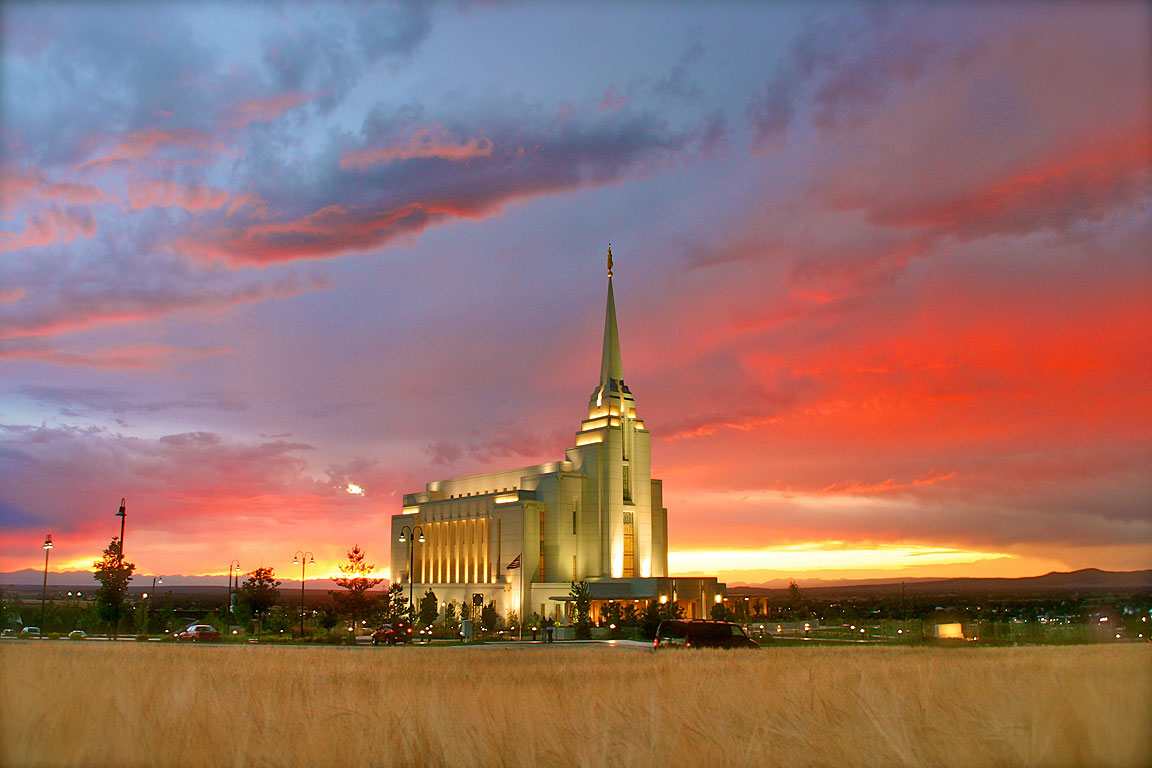
“Painting murals for a temple is a competition.” Leon Parson, the artist of the Rome Temple mural says.
Parson is a North American wildlife artist, a professor at BYU-Idaho and has been selected to paint murals that adorn the walls of several temples including the Rexburg, Twin Falls Idaho, and Calgary Alberta Temples.
The process of applying for the opportunity to be an artist for a temple mural is very specific and tedious. Each artist designs and paints a mock-up, or a scaled version of what their mural would look like if they were to be given the assignment.
Along with the mock-up, each artist is to estimate a financial bid for all of the expenses from the cost of linen canvas, paint, supplies, to the cost of travel (if necessary). The mock-ups and financial estimates are then sent to the Temple Department in Salt Lake City, UT.
Each artist’s work is reviewed by a Temple Art Committee. Then, after selecting the artist, they send his work to the Presiding Bishopric and to the member of the Quorum of the Seventy who has responsibility over the temples.
If they approve, then the artist’s work will go to the First Presidency who make the final decision to assign the mural to that particular artist.
The Design

While working on the mock-up of his mural, Parson realized that he was provided with a few big blessings: Nadine Haderlie, Terry Madsen, Denis Modugno, and Elder Kent Allen.
Nadine Haderlie is a returned missionary from Italy who loves Italy and the Gospel very deeply. She connected Brother Parson to Terry Madsen, who also served in Italy the same time as Sister Haderlie.
Madsen, a student in Parson’s class over thirty-two years ago, as well as an accomplished photographer, had taken six previous trips to Italy. “Her photo images [of Italy] were extremely helpful in getting the assignment.” Parson said.
Denis Modugno, a native Italian from Rome (and the son of Vincenzo Modugno), was also a student in Parson’s class the semester before he proposed to do the mural. Parson approached Denis and asked for his feedback on the best way to depict Italy in a single mural.
In the middle of designing the mural, and not having much success, Denis said, [pull_quote_center]You know Bro Parson, Italy is 80% sea coast. [People] sometimes go to the mountains for vacations, but most of the time it is to the sea.[/pull_quote_center]
Parson quickly changed the design from the Italian Alps to the seacoast, which seemed to have been the deciding factor between him and his other competitors.
The final big blessing was Elder Kent Allen, a returned missionary who had served in Italy. He was able to assist Parson on a trip to Italy, where they would be hosted by Vincenzo Modugno.
“[Vincenzo] set up an action-packed, fantastic tour of Italy. [We went] from a wildlife preserve to photograph Roe deer, to a private boat journey off the seacoast near Naples. We came home with approximately 3,500 photos in the 5 days there. It was marvelous.” Parson stated with unmasked enthusiasm.
Parson is 85% finished with the temple mural and expects to be finished in April 2015. While he does not plan on attending the open house, Parson looks forward to flying to Rome to supervise the installation of the mural.
Current Temple Work in Italy
[quote_box_center]
Fast Facts
Closest temple to Italy: Bern, Switzerland temple
Furthest distance Italians travel: 1,139 miles
(This is almost as much as traveling halfway across the United States)
Italian attendance since: September 1955
[/quote_box_center]
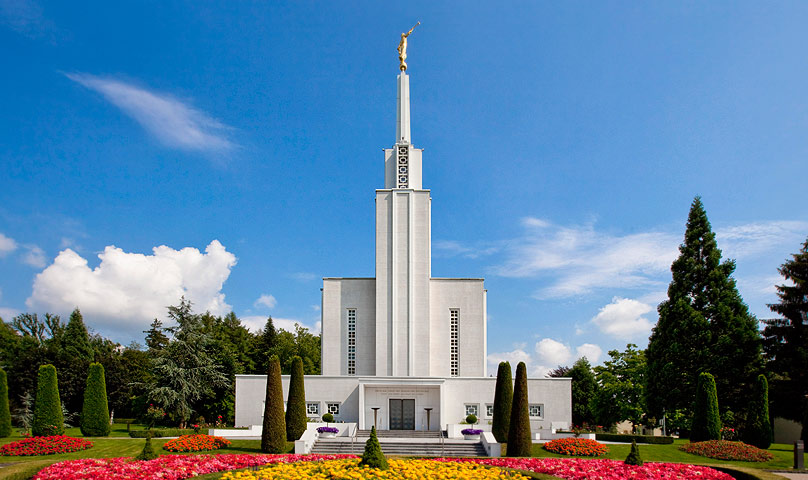
“For years, the members in Italy were waiting for the temple.,” Vincenzo Modugno says. The closest temple for most Italians is the Bern, Switzerland temple.
For most Romans, that is a ten-hour drive, but for many coming from the south, the journey can take more than twenty-four hours. The boat trip, alone, from Sardinia to Italy can take thirteen hours. Despite the distance, many Italian members make time to attend the temple regularly.
“I was told that [almost] 90% of the [temple] work done inside the Switzerland temple is [done by] Italian members.” Modugno says.
Although we are not certain of this statistic, it certainly expresses the sacrifices that Italian members make in order to help with the work of the Lord.
“The feelings they have to serve in the temple, and…for a temple [to be built] are so strong. The feelings [are] so strong.” Modugno says.
The Rome temple district may include those from nearby countries such as North Africa, Greece, the Middle East, Albania, the Balkans, and many others. The Rome Temple districts have yet to be officially announced.
“The saints in Sicily are still going to have to travel a day to get to Rome,” Pacini stated bluntly, then quickly ended on a positive note: “At least it’s not two.”
This temple is not just an advantage to the Italian members, but to many from nearby countries and islands.
The Reaction of Non-Members Towards the Temple

“At the beginning, they were very frustrated about it.” Vincenzo Modugno said. Non-members living in the area of the temple tried to stop the project at first.
“They made some declaration to the mayor or some demonstration [expressing] that they didn’t want the temple in that area.” Modugno said.
Many were afraid of the overpopulation of tourists and members visiting the temple. Now that non-members have a better understanding of the project, the objections have calmed down completely.
Vincenzo Modugno, personally, has never had anyone say anything rude to him regarding his religion or the temple. “I think that non-members are curious about [the temple] and stake presidents are working to [inform] them about it,” Modugno explained.
Another conflict that has been suggested by other articles is that of religious interference.
“Of course there are doctrinal differences between us and other churches. It’s no different with the Catholic church,” says President Dini Ciacci. “We share a lot of common beliefs, but we also…see some things in a different way.”
From the very beginning, the Catholic church has been very open and supportive of the LDS church building the temple. As an act of courtesy, the temple project was presented officially to the Catholic church to fully inform them, “as neighbors do with neighbors” Dini Ciacci said with a smile.
“There has never been, that we know of, any kind of uneasiness or them not being happy with what we were doing…we cooperate.”
Pacini agrees that there was never an issue between the Catholic church and the Mormon church. The building of the temple never posed a problem for ecumenism.
“The Catholic church has never had any problems with [the temple].” Pacini said, matter-of-factly.
As many may already know, the Catholic church in Italy runs a lot of shelters and soup kitchens. A few months ago, the main soup kitchen in Rome needed some remodeling.
One Saturday morning, forty members from the Rome stakes gathered together to take down, paint, and clean the entire serving area. They also donated new tables, chairs, and replaced the old furniture.
“There is not a tag that says that [those things] came from [the Mormon church], we did not publish it anywhere…we were happy to help [the Catholic church’s service project] and the people,” President Dini Ciacci said, “If we can cooperate, we will do it. We will still believe what we believe.”
When Will the Temple Be Finished?

President Alessandro Dini Ciacci, currently the Stake President of the Rome West Stake is fully aware of the delay of the temple being finished. “Of course there have been some delays,” stated Dini Ciacci in a private interview.
It was announced in a promotional video by the church, that the temple was expected to be completed by 2014. Now in 2017, the Rome temple is still not finished and has experienced some contract issues. However, work is currently underway and back to normal again.
“We can see the finish line, but we don’t know how long it will take to get to the finish line yet,” President Dini Ciacci says.
The temple is estimated to be completed in mid-2018, although no official dates have been announced. Usually six months before the opening of the temple, the date will be announced publicly through the Church’s official channels.
What are your thoughts on all of these events following the building of the Rome temple? Do you have any stories to add? We would love to hear about them in the comment section below.


